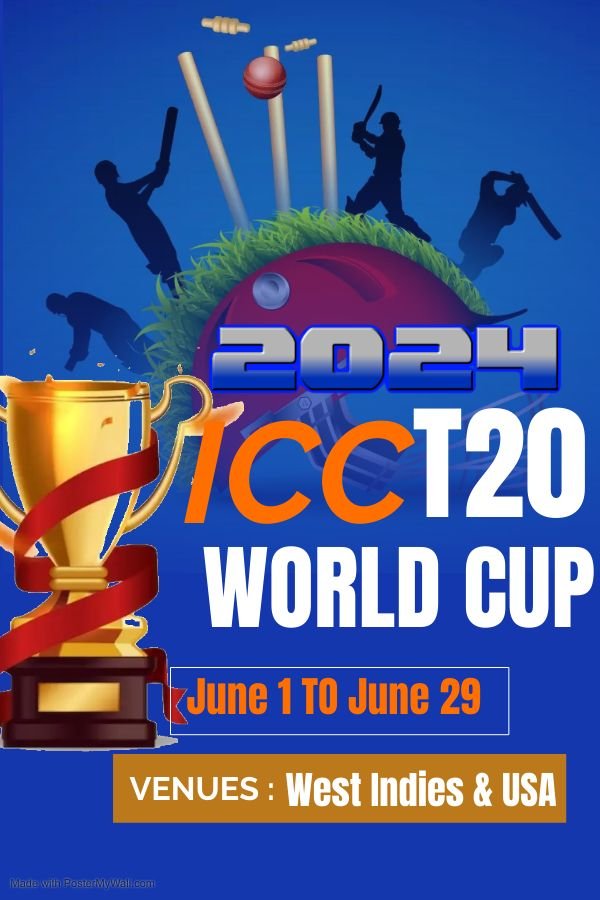Stuart's 20/20 World Cup Series: 2 - World Cup 2024

In part one there was a general primer on cricket and some of its basics. In part two we'll look a little more closely at the T20 World Cup which starts on July 1st, and the T20 World Cup in general.
As a format of cricket T20 was first played as a domestic competition in England in the 2003 season - T20 is short for Twenty20, both are a marketing gimmick to give a snappy, memorable title for a game where each side can bat for a maximum of 20 overs. This shortened version of the short game proved popular and in 2007 the first ICC World Cup was played in South Africa.
There have been eight editions of the tournament, and the forthcoming will be the ninth. India won the inaugural tournament; England and West Indies have won it twice; Pakistan, Sri Lanka, Australia, and India have won it once.
The tournament will begin with Round One group games, where each team in the group plays each other. There are four groups - A, B, C, & D - and each group has five teams. The top two teams will proceed to the next round.
Round Two is also a group round. There are two groups, One & Two. Group One will contain the winners of Groups A & C, and the runners up from Groups B & D. Group Two will contain the winners of Groups B & D and runners up from Groups A & C.
Round Three is the semi finals. The winner of Group One will play the runner up of Group Two in the first match. The winner of Group Two will play the runner up of Group One in the second.
The winners of these matches play each other in the Final on June 29th.
In all there will be 55 games over 29 days and only 2 or three days where a match is not occurring.
With the T20 game there are limitations on where the fielding team can place players during different periods of the game. This is done to encourage batters to attempt strokes that can reach the boundary, and hopefully avoid dull sections of play where little happens in the way of scoring strokes. Often the boundaries are kept at the shorter end of what is permissible so that there are increased shots to try and score a 6.
Including the break between innings a typical T20 match lasts about three hours - roughly similar to a baseball match. And it’s worth mentioning baseball as, for the first time, matches are going to be played in the USA. Sixteen matches will be played across three venues with four each in Florida and Texas (At Central Broward Park and Grand Prairie Stadium) and eight matches at the Nassau County International Cricket Stadium in New York.
As a joint host nation the USA get to play two power houses of the game - former champions India and Pakistan; a neighbor - Canada; and a team many in the nation feel some affinity with - Ireland. We’ll look more at the teams in the weekend’s post.
The other hosts are West Indies. For non-cricket followers wondering what nation that is, it isn't. Rather it is the association of countries and territories in the Caribbean and South America who play as a combined organisation. The origins of the team date back to the 1890's and, during the 1970's and 1980's, were the best cricket team in the world. They won the first two 50 over world cups back in 1975 & 1979, and the 2012 & 2016 T20 world cups. They will have high hopes of reaching the final in Barbados' famous Kensington Oval on July 29th.
As there will be matches played in Guyana, this is the first time the competition will be played across two continents, both north and south America.
Later in the week we'll discuss the teams, groups, and where to look for extra excitement in the form of rivalries.
text by stuartcturnbull. graphic by Mir Rammez Raja & edited by stuartcturnbull via postermywall